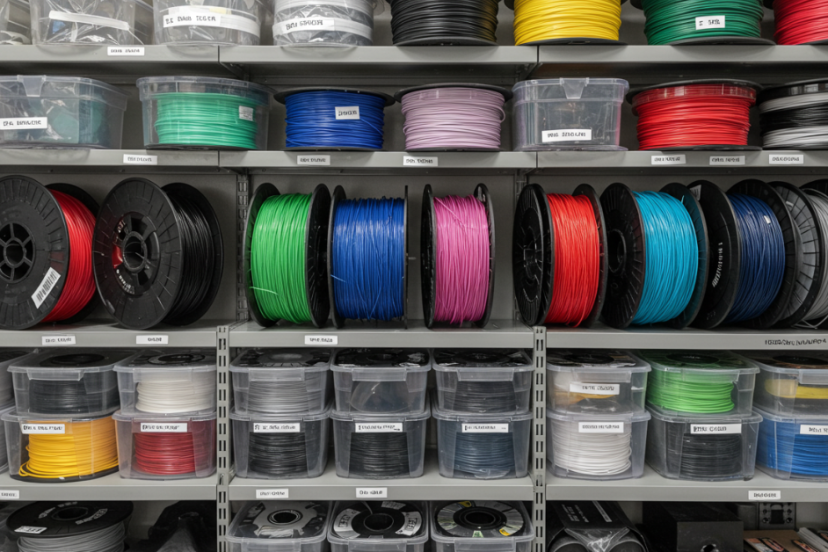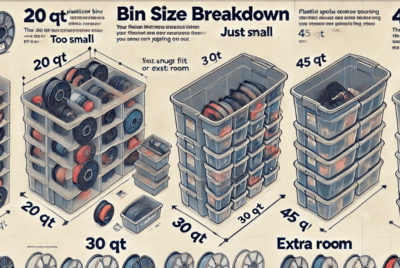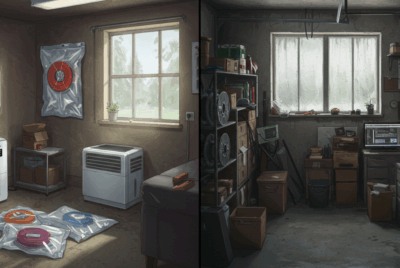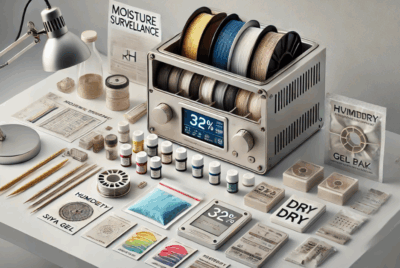The Ultimate Guide to Storing 3D Filament: Top 10 Methods
Storing 3D filament might seem like a small detail in your 3D printing journey, but it plays a huge role in ensuring your prints come out perfect. Whether you’re using PLA, ABS, or more advanced filaments, improper storage can lead to moisture absorption, warping, and a decrease in print quality. In this guide, we’ll explore the top 10 methods to store 3D filament to keep it in tip-top condition for your next project!
The Top 10 Methods for Storing 3D Filament
1. Use Filament Dryers for Ultimate Freshness
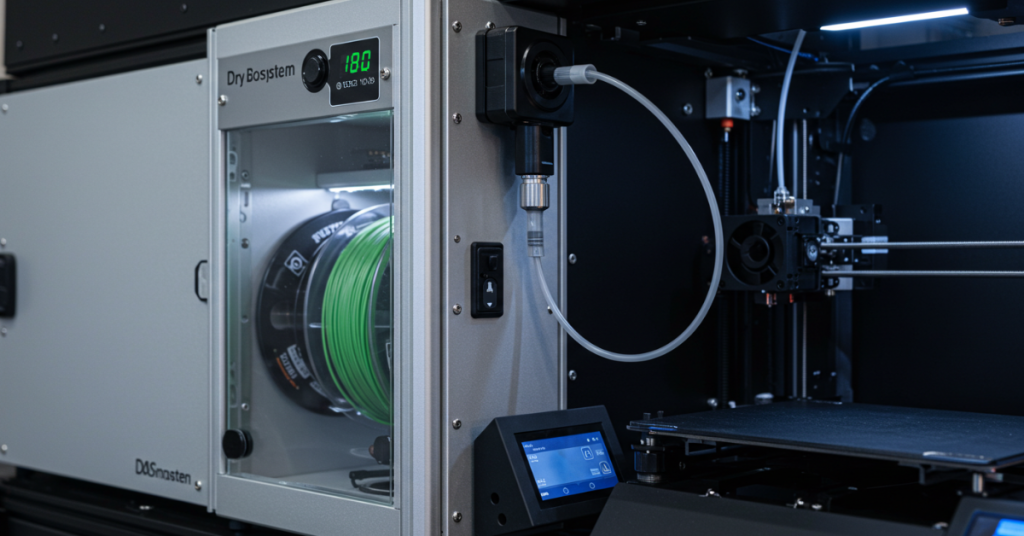
One of the best ways to store filament is by using a filament dryer. These devices are specifically designed to remove moisture from your filament, ensuring it stays dry and ready for optimal printing.
How Filament Dryers Work
Filament dryers work by using gentle heat and air circulation to dry the filament, preventing moisture from affecting the quality of your prints. They are especially useful for hygroscopic filaments like Nylon or PETG, which tend to absorb moisture quickly.
Recommended Filament Dryers
- Sunlu Filament Dryer Box
- PrintDry Filament Dryer
- 3D Fuel Filament Drying Oven
2. Store in Vacuum-Sealed Bags
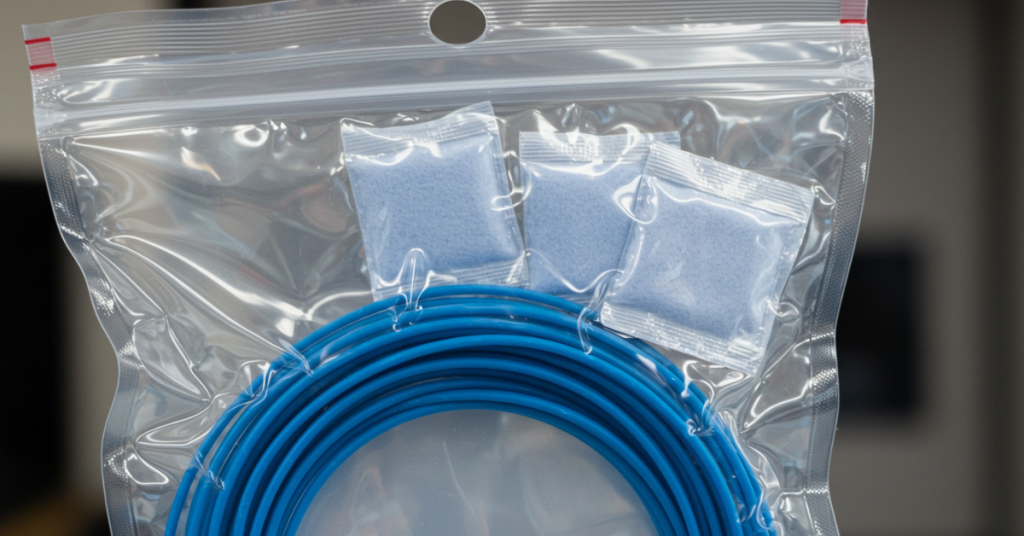
Vacuum-sealed bags are another effective way to keep moisture away from your filament. These bags create an airtight seal around the filament spool, ensuring no humidity gets inside.
Benefits of Vacuum-Sealed Storage
Vacuum sealing keeps your filament in a stable, moisture-free environment. It’s a great option for long-term storage, especially if you don’t use a particular filament regularly.
Best Vacuum-Sealed Bags for 3D Filament
- iDeerLife Vacuum Storage Bags
- SpaceSaver Vacuum Sealer Bags
3. Keep Filament in a Temperature-Controlled Environment
Filament should be stored in a consistent temperature range to prevent warping or degradation. Extreme temperatures can cause the filament to soften or harden, negatively impacting print quality.
Ideal Temperature and Humidity Levels
The ideal temperature for storing filament is between 50°F and 70°F (10°C and 21°C), and the humidity should be kept below 50% to prevent moisture absorption.
4. Use Filament Storage Containers
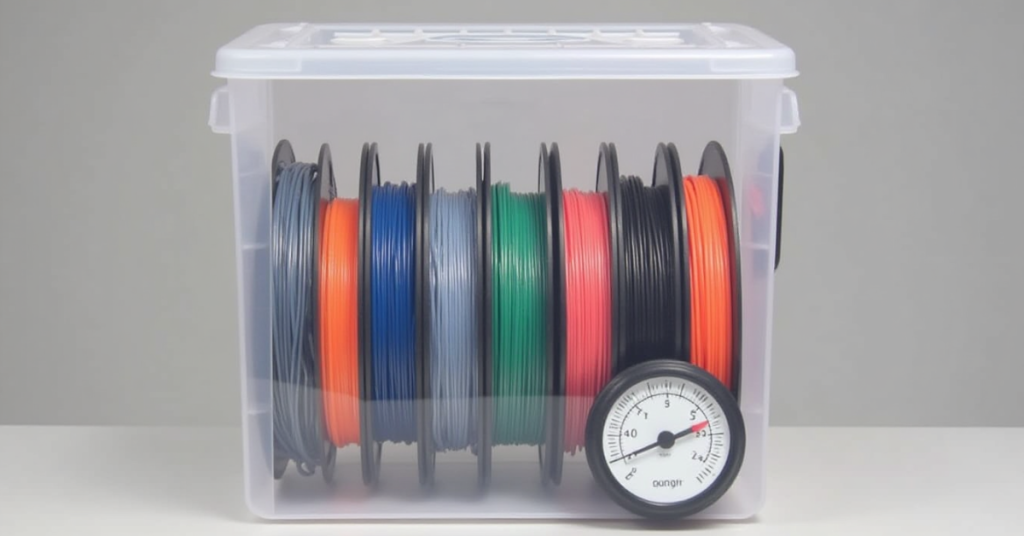
Storage containers specifically designed for filament are an excellent option for protecting your filament from environmental elements.
Features to Look for in Storage Containers
- Airtight seals
- Adjustable spool holders
- Desiccant compartments
5. Use Desiccants for Moisture Control
Desiccants are small packets or devices that absorb moisture from the air. Adding them to your filament storage will ensure that the environment stays dry, even if there’s some humidity in the air.
Types of Desiccants and How to Use Them
- Silica Gel Packs: The most common and affordable option.
- Clay Desiccants: Great for larger storage units.
6. Store Filament in Cool, Dry Places
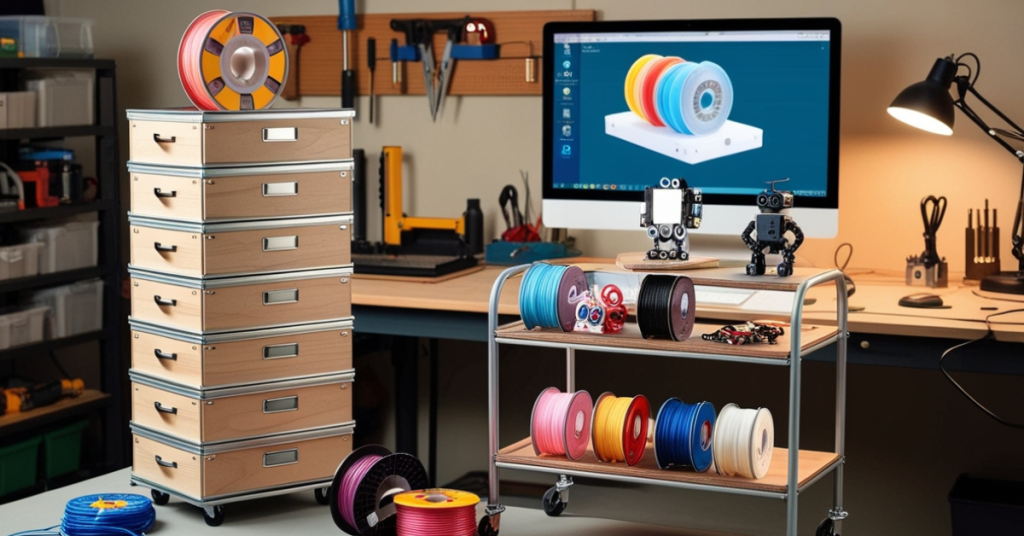
It’s crucial to keep filament away from places with high humidity or extreme temperatures, such as bathrooms or kitchens.
Why the Environment Matters
A stable environment is key to keeping filament in good condition. Extreme moisture or heat can cause warping, reduce print quality, and even damage the filament.
7. Keep Filament Away from Direct Light
UV light can degrade certain types of filament, causing them to become brittle or discolored. Make sure your filament is stored in a dark place or in opaque containers to prevent exposure to light.
The Impact of UV Light on Filament
UV light can break down the polymers in filament, making it less flexible and more prone to cracking during printing.
8. Organize by Filament Type and Color
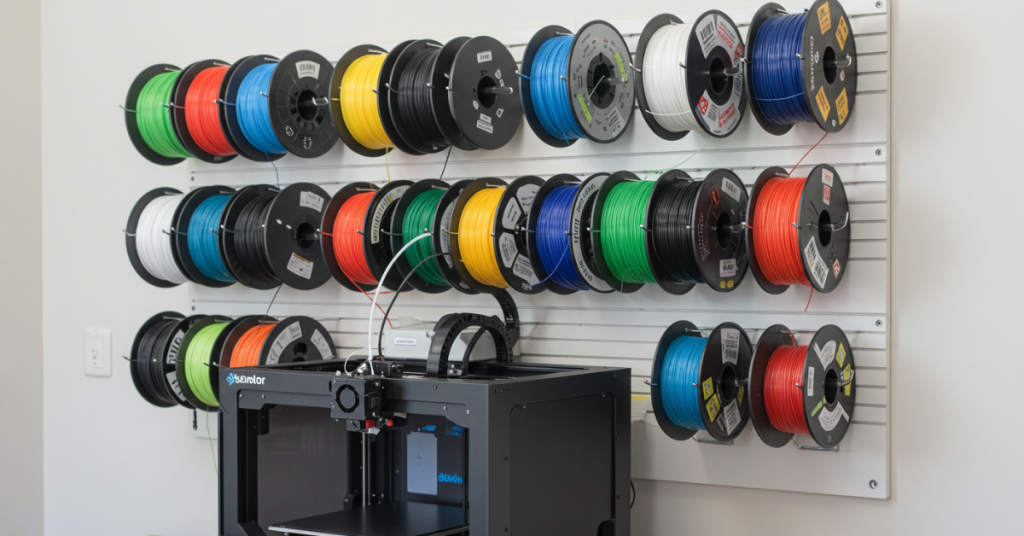
Organizing your filament by type and color not only helps you find what you need faster but also ensures that you’re using the right filament for the job.
How Proper Organization Can Help You
Keep similar types of filaments together, and clearly label containers or bags to avoid confusion.
9. Avoid Storing Filament in Extreme Heat
Heat can melt or distort the shape of your filament, making it difficult to use. Avoid storing filament in places where temperatures rise above 80°F (27°C).
How Heat Affects Filament Quality
Heat can cause the filament to soften, making it harder to load into your printer and causing inconsistent prints.
10. Regularly Inspect Filament for Quality
Checking your filament regularly ensures that you catch any damage or moisture absorption early, before it affects your prints.
How to Check Filament for Damage
Look for signs like brittleness, discoloration, or moisture spots. If you find any issues, it’s best to dry the filament or replace it.
Conclusion: Final Thoughts on Storing 3D Filament
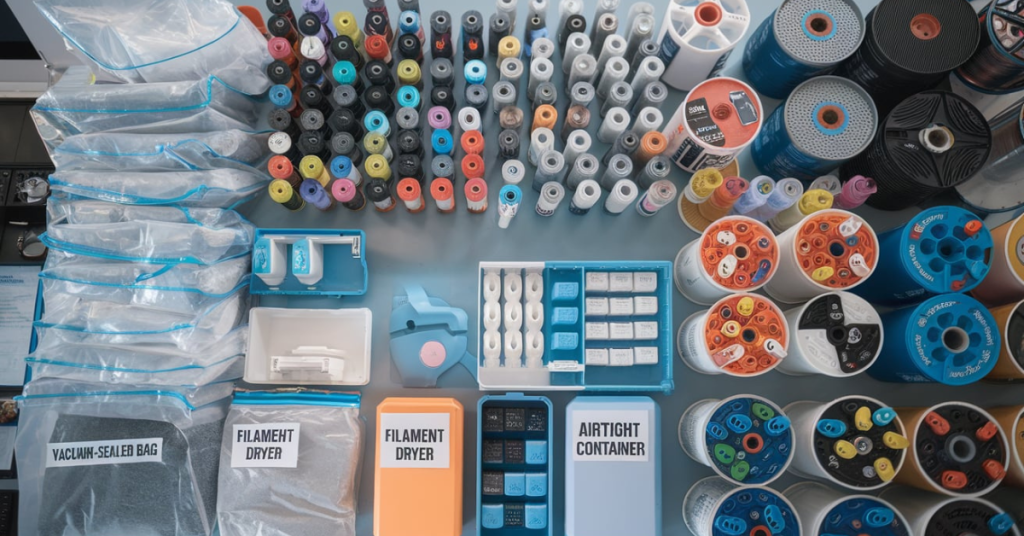
Proper storage is key to ensuring that your 3D filament stays in top condition, ready for your next print. Whether you use a filament dryer, vacuum bags, or simply store it in a cool, dry place, following these top 10 methods will keep your filament fresh and your prints flawless. Don’t let improper storage ruin your prints—take the time to store your filament properly today!
FAQs
- Why does 3D filament need to be stored carefully?
Storing filament properly helps maintain its quality and prevents issues like moisture absorption, which can affect your prints. - Can I store filament in a regular plastic bag?
While a plastic bag might provide some protection, it’s better to use vacuum-sealed bags or airtight containers for the best results. - How do I know if my filament has absorbed moisture?
If your prints have bubbles or bubbles during extrusion, it’s likely that your filament has absorbed moisture. - Is it okay to store filament in a garage?
It’s best to store filament in a climate-controlled environment. Garages can have temperature fluctuations that could damage your filament. - How long can I store filament for?
With proper storage, you can keep filament for months or even years without it losing quality.

